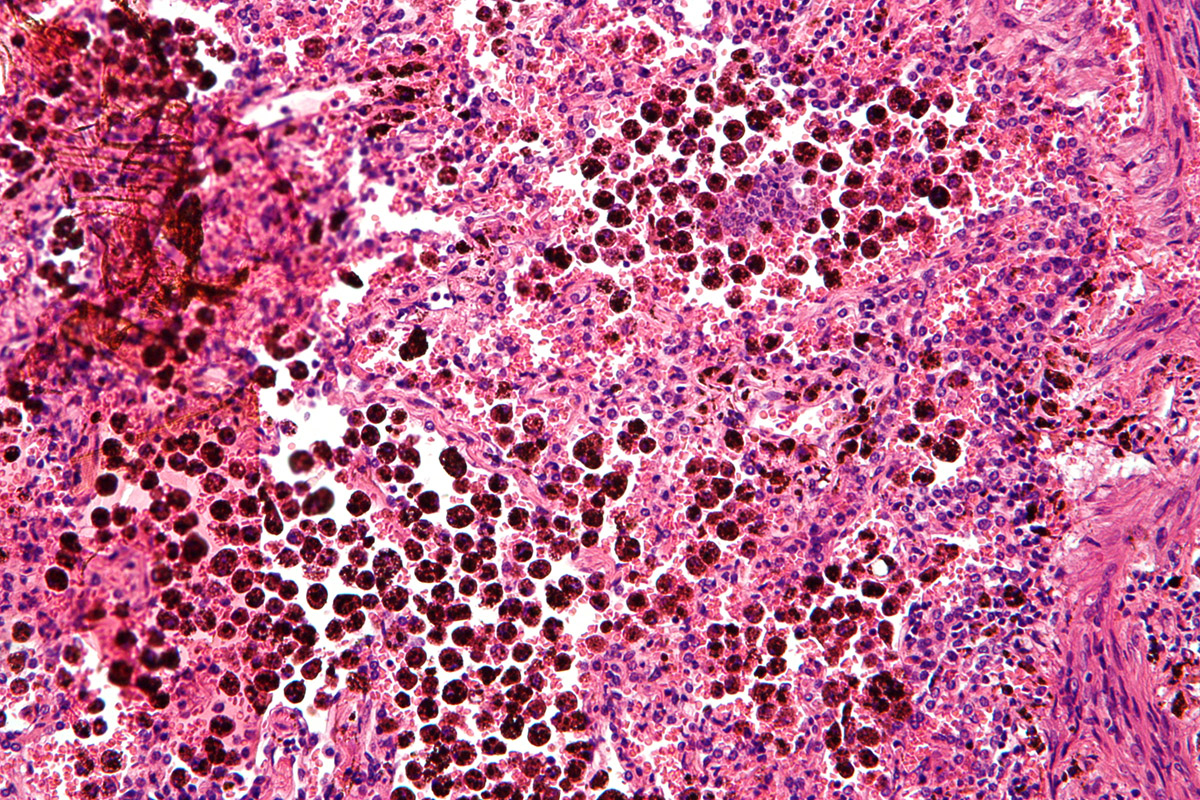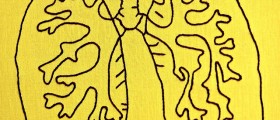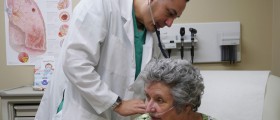
Chronic obstructive pulmonary disease (COPD) is a progressive disease of the lungs that makes it hard to breathe. The condition gets worse over time due to gradual damage to the lungs. COPD is most commonly seen in smokers.
Chronic obstructive pulmonary disease is usually combination of two diseases. One of them is chronic bronchitis where bronchial tubes get inflamed and cause chronic cough with mucus production. Chronic bronchitis is also characterized by narrow or blocked airways which make it hard to breathe. Another factor in chronic obstructive pulmonary disease is emphysema. Emphysema occurs when the air sacs are destroyed and lose their elasticity. Due to damages of air sacs, reduced amount of air gets in and out of lungs leading to shortness of breath.
Causes of Chronic Obstructive Pulmonary Disease
Tobacco use is the leading cause of chronic obstructive pulmonary disease, because this lung irritant damages the airways and tear down the stretchy fibers in the organ. Apart from smoking, prolonged exposure to chemical fumes, dust or air pollution may also lead to COPD. Since lung damage develops gradually, symptoms of chronic obstructive pulmonary disease occur in people over 60 years of age. People who had severe lung infection in childhood are more prone to COPD.
Symptoms of Chronic Obstructive Pulmonary Disease
The most common symptom of COPD is cough that is productive with sputum. The cough initially comes and goes but over time becomes chronic (persistent). Shortness of breath is another common symptom, which is most noticeable during physical activity. As chronic obstructive pulmonary disease progresses, shortness of breath occurs even with minimal strain. Weight loss and weakness are common in COPD as well. The condition is followed sudden flare ups which is known as COD exacerbation and it may range from mild to life threatening. With progression of the disease, the flare ups get more severe.
Diagnosis of Chronic Obstructive Pulmonary Disease
To diagnose chronic obstructive pulmonary disease, a physician will first do physical exam and listen to the lungs. Medical history is also taken into account. The doctor will inquire whether the patient smokes or has been exposed to any other lung irritants. Pulmonary function test, called spirometry is performed to evaluate the amount of airway obstruction. Finally, chest x-rays are useful to rule out lung infection (pneumonia) or lung cancer that may cause the same symptoms.
Treatment of Chronic Obstructive Pulmonary DiseaseThe best way to treat COPD is to quit smoking. That will prevent further deterioration in lung function. To help with nicotine withdrawal symptoms, the doctor may prescribe nicotine lozenge, nicotine nasal spray, nicotine skin patches, or nicotine chewing gums. COPD can be also treated with medications such as inhaled bronchodilators. Influenza and pneumonia vaccinations are given to prevent lung infections in patients with COPD since it may significantly worsen the condition. The patient is also advised to avoid smoke, pollution, cold and dry air, to take plenty of rest, regularly exercise and eat proper diet.











,-Asthma-And-Anxiety_f_280x120.jpg)





Your thoughts on this
Loading...